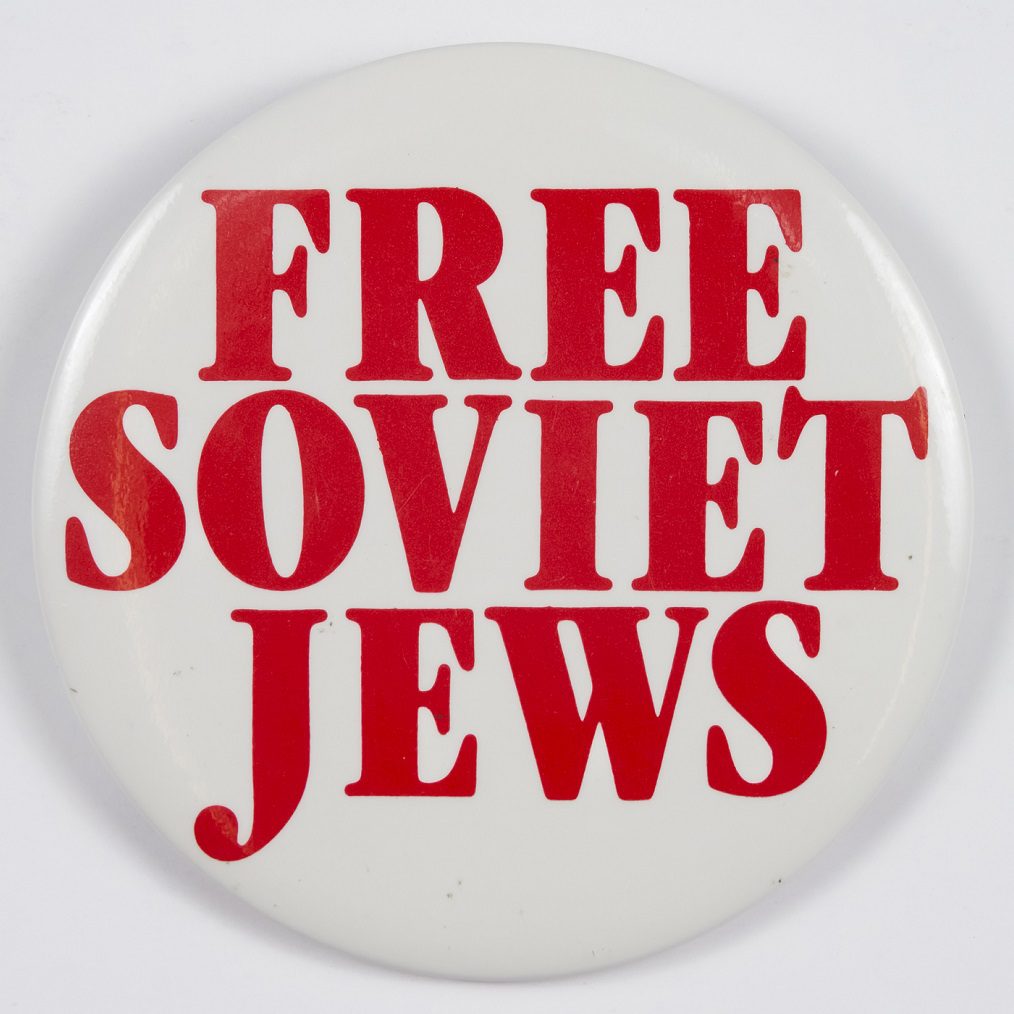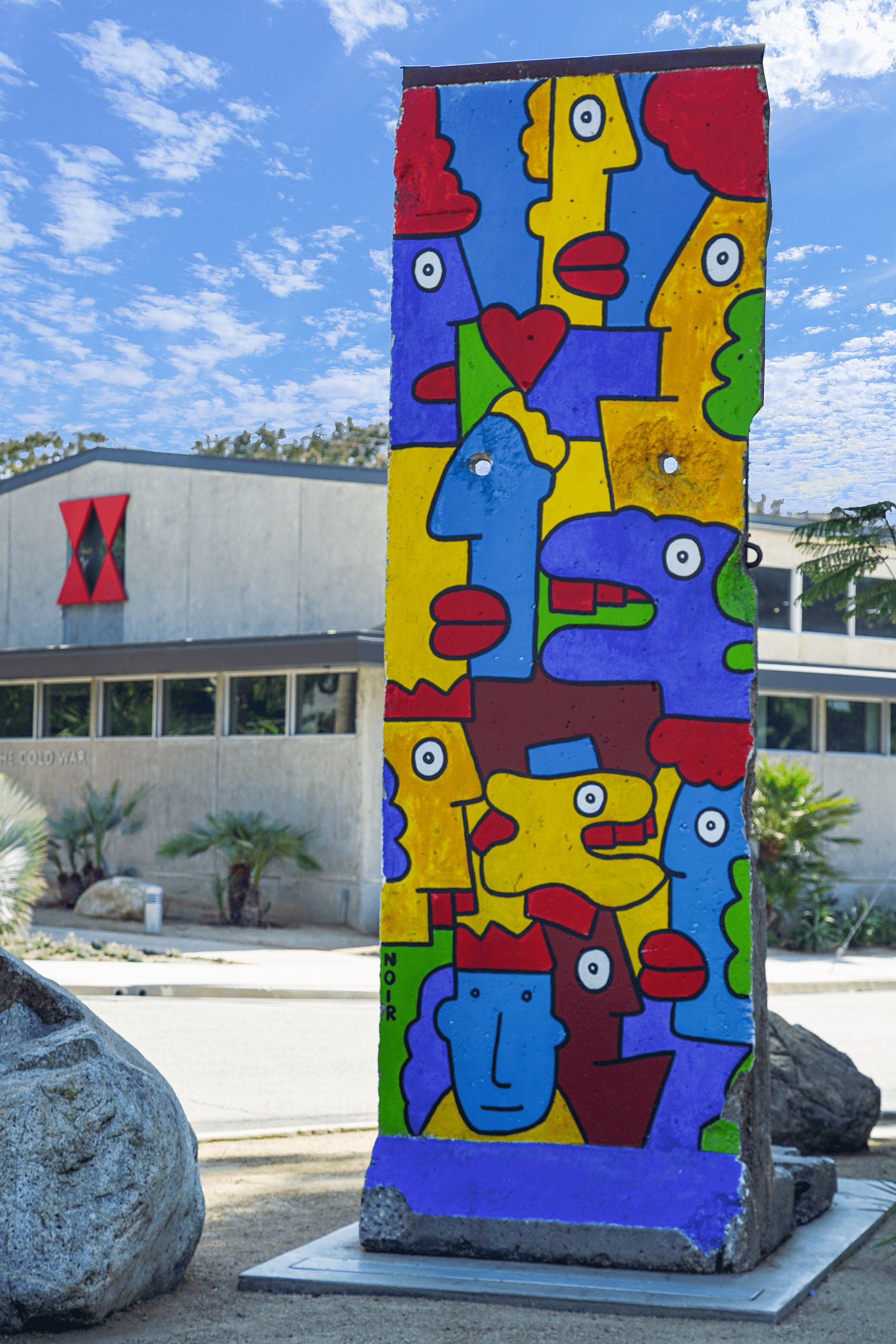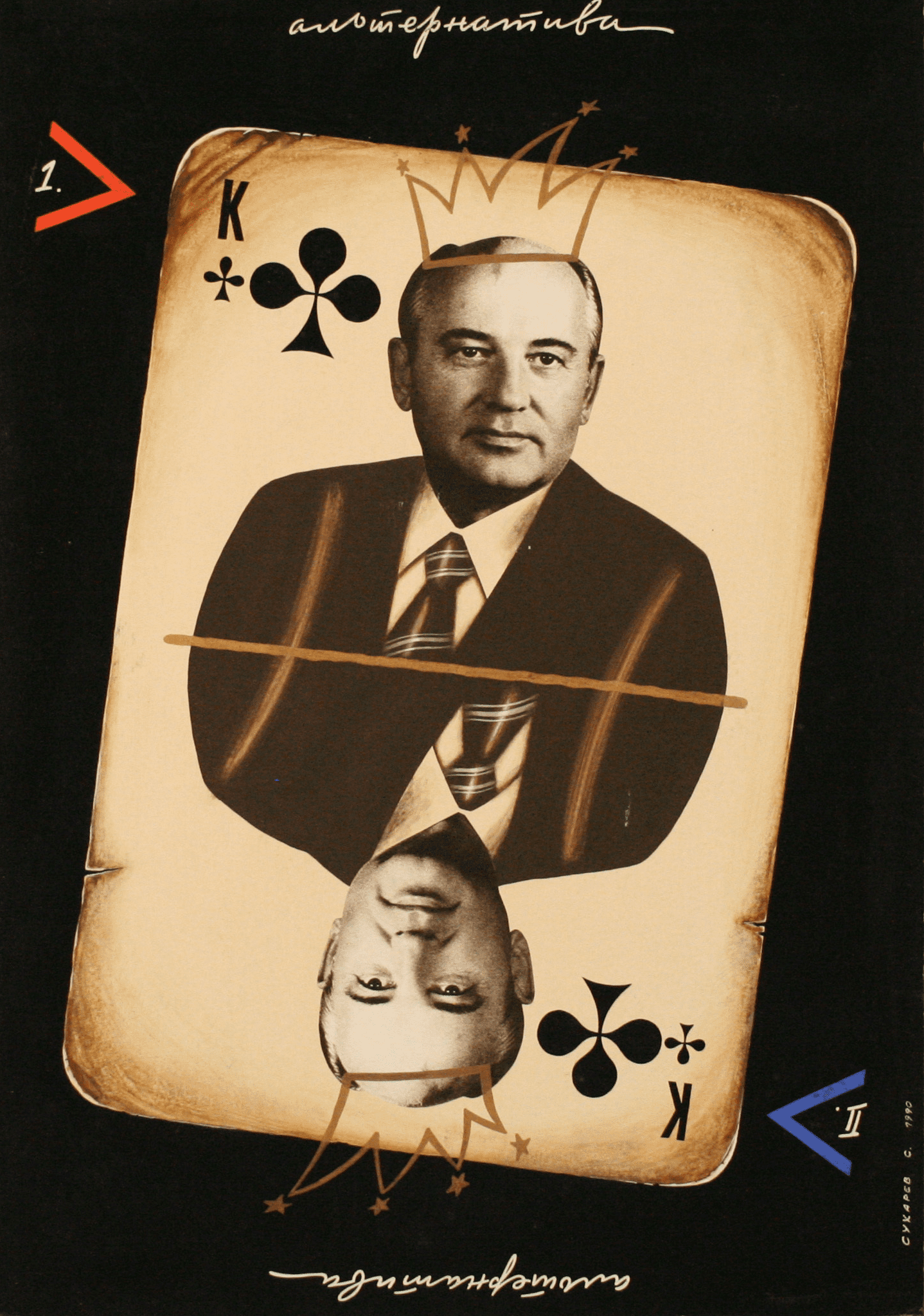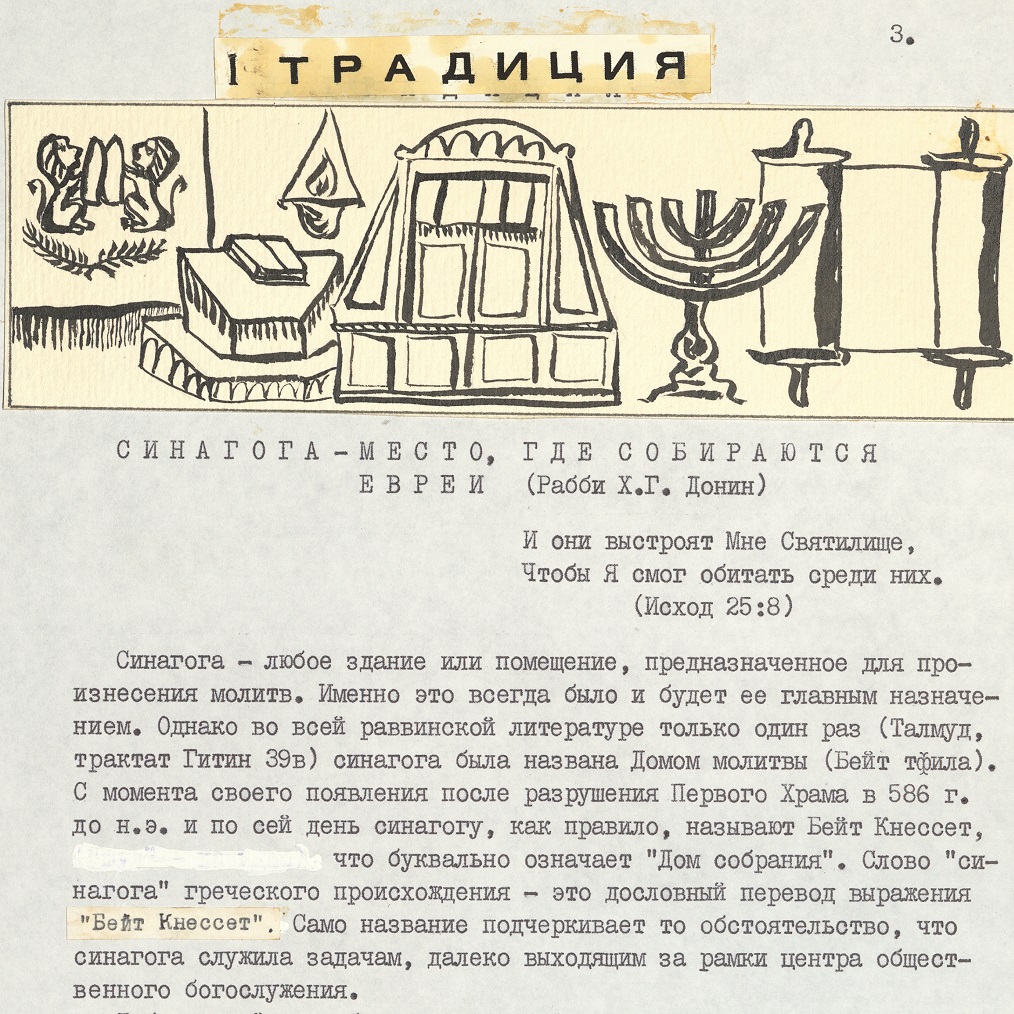
Russian Speaking Jewry Collection
From 1989 to 1993, it is estimated that about 1.4 million Jews left the Soviet Union in one of the largest mass emigration movements in world history. Some made the decision to leave because of blatant persecution. Others, though they were doing well socioeconomically, sought to leave behind stereotypes and anti-Semitism. Those who left established new communities in Israel, the United States, Germany, and an expanding Russian-speaking Jewish diaspora. And then there were those who could not leave. Every person who applied to leave the Soviet Union risked losing employment, privileges, connection with friends and family, and social status. Jews whose requests to leave were refused earned the label “Refusenik.”
The Refusenik Movement became one of the pivotal political and cultural movements of the last half of the 20th century. Today, significant collections relating to this history are scattered, at risk of being lost, or inaccessible because they are uncatalogued and have not been digitized. As a result, scholars, specialists, and researchers are lacking important sources of information, and the collective memory of Refuseniks and Soviet Jewish émigrés is being forgotten.
The Soviet Jewry Archives will preserve the history of the Soviet Jewish experience and make it accessible to present and future generations to learn from.
The cataloging and digitization of this collection was made possible by the support of Arcadia – a charitable fund of Lisbet Rausing and Peter Baldwin.
SAMIZDAT AND SURVEILLANCE
Samizdat is an abbreviated combination of the Russian words sam (self) and izdatelstvo (publishing house) that refers to dissident material illegally produced and distributed in the Soviet Union from the 1950s until the early 1990s. Early samizdat was primarily focused on advocating for freedom of expression, but over time it expanded to include other forms of social critique and cultural commentary. More than just a platform for dissident ideas, samizdat became a means of generating alternative identities, strengthening minority communities, and inspiring citizens to imagine new ways of living in the USSR.
Soviet Jews found this decentralized, grass-roots approach to communication particularly useful, and various journals emerged in the early 1970s to cultivate the renewed Jewish consciousness. These journals, which contained both original essays and translated works from the West, were produced by hand in hidden workshops across the country and then passed around in secret, requiring countless hours of labor under the looming threat of police raids and imprisonment. The KGB (the Soviet Union’s secret police) identified different levels of samizdat criminality—creation, production, distribution, and possession—and placed officers in synagogues, conscripted informants from Jewish communities, tracked various Jewish citizens as they went about their days, and occasionally imprisoned and interrogated suspected leaders.
Ironically, police surveillance became a key element in reinforcing the Soviet Jewish community’s self-awareness and desire to emigrate. In order to evade the KGB, Soviet Jews had to develop more robust and extensive networks of collaborators, turning average citizens into active participants in the counterculture. Additionally, the heightened KGB presence in major cities forced the initially urban samizdat movement to spread into rural areas, ensuring a wider reach of dissident materials. This resilience helped the Soviet Jewish community withstand attempts to suppress it, and in the late 1980s Jewish cultural centers began reappearing under Gorbachev’s more permissive government.





















